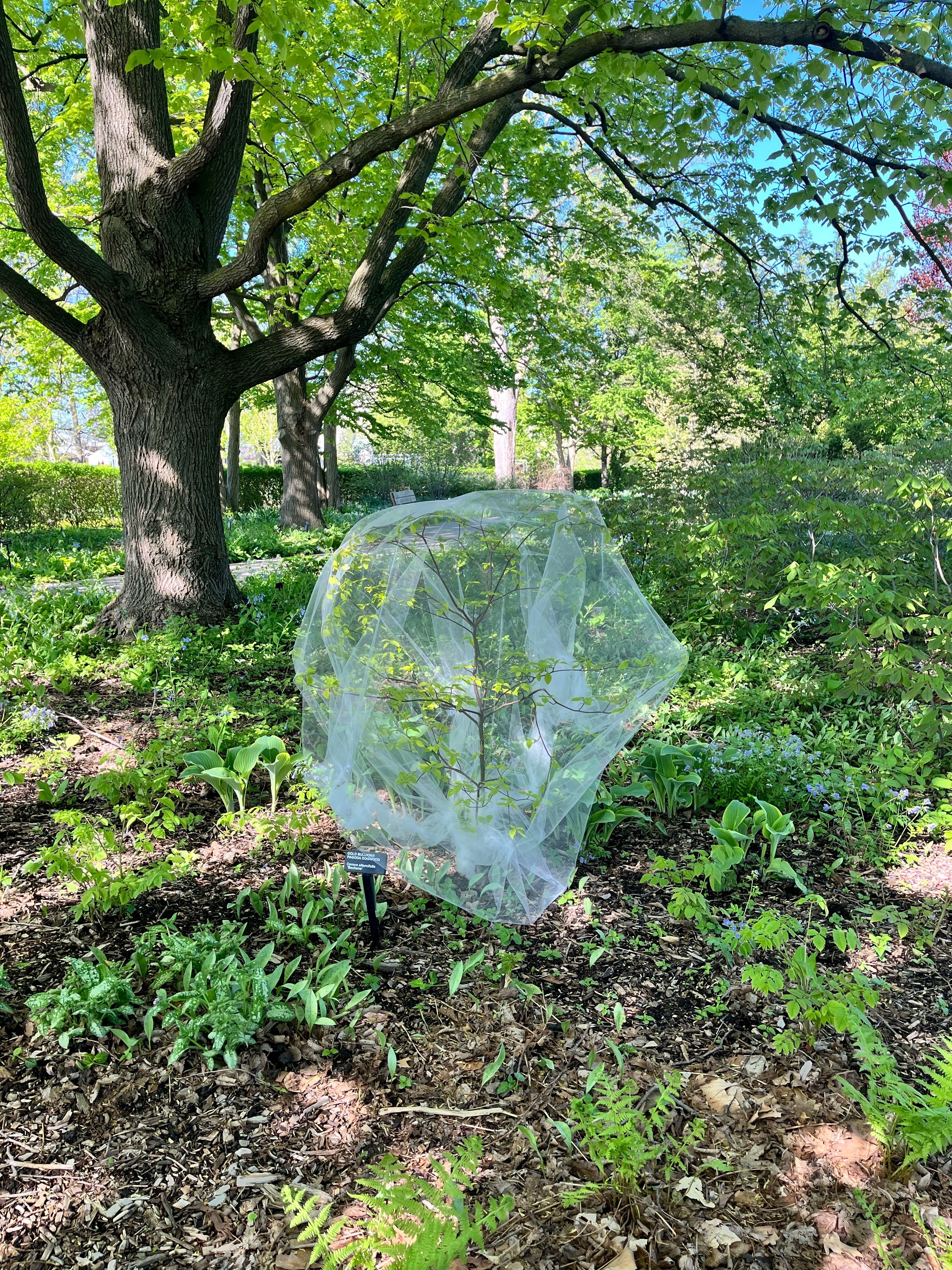Be sure to set your gaze skyward Friday to catch a glimpse of the rare blue moon.
According to Adler Planetarium Astronomer Larry Ciupik, the moon will rise at 7:27 p.m. Thursday and will set at 6 a.m. Friday. The moon will rise again at 8:12 p.m. Friday and set at 7:11 a.m. Saturday.
Ciupik says while the moon can be seen both nights, the peak time for viewing will be at 5:43 a.m. Friday.
Don't be fooled by the name "blue moon," however. Most likely, the moon will look gray or white as usual, but it will be a full moon.
Blue moons are not actually defined by their color. Instead, by popular definition, a blue moon is the second full moon in a month. The phenomenon only happens every few years, making it a relatively rare occurrence. The first full moon of the month happened July 2 — or technically July 1 for those in Chicago.
A moon that appears blue is caused by dust in the atmosphere, according to Larry Ciupik, an astronomer at the Adler Planetarium. If the atmospheric conditions are just right on Friday, then the blue moon may appear slightly blue in color, but Ciupik says that isn't likely to happen.
The popular definition of a blue moon is as incorrect as the assumption that the moon will actually look blue, however, according to Ciupik. The Farmers' Almanac definition of a blue moon is the third full moon in a calendar season, which is just as rare as the second full moon in a month. The two kinds of blue moons do not usually align, however.
Local
The last blue moon — by popular definition — happened in August 2012, and the next one will not appear until January 2018. The phenomenon can happen any month except February, even during a Leap Year, because the month does not have enough days, according to Ciupik.
Although Friday's moon may not look any different than any other full moon, Ciupik believes the popularity of the blue moon is due to the general mystery of the moon, including the faces some people see in the orb and the myths that proliferate about full moons causing strange events.
"It's also a kind of romantic thing," Ciupik said. "I think it's kind of primal. You look at the moon, and it's kind of primal. You could be seeing this a thousand years ago, the same thing."



